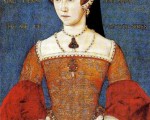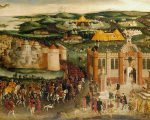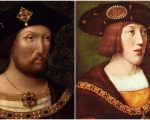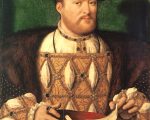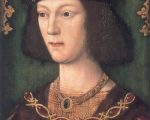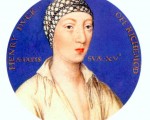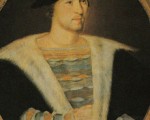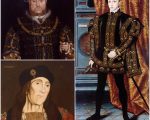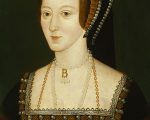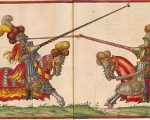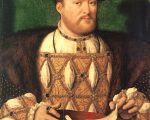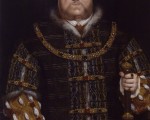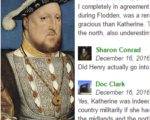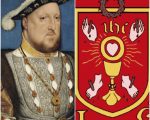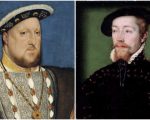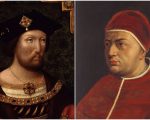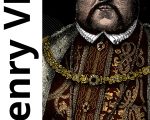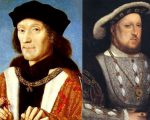In this month’s look at the men of Henry VIII’s court, I want to explore the life of William Carey, courtier, a member of the king’s privy chamber, and an esquire of the body. William Carey is most famously known for being the husband of Mary Boleyn, older sister of Anne Boleyn. However, he was more than just a husband; he was a man on the rise and distant cousin to the King.
There is little known about William Carey’s early life. He appears to be the second son of Thomas Carey from Chilton Foliat, Wiltshire, and his wife Margaret, daughter of Sir Robert Spencer of Ashbury, Devon. The family had strong Lancastrian ties as William’s grandfather, Sir William Carey of Cockington, Devon, on his father’s side, was a Lancastrian supporter and soldier who was beheaded at Tewkesbury in 1471. William’s grandmother on his mother’s side was Eleanor Beaufort, daughter and coheir of Edmund Beaufort, Duke of Somerset. The Duke of Somerset was a staunch Lancastrian supporter and right-hand man of King Henry VI. It was rumoured that Somerset even had an affair with the King’s mother, Catherine Valois, who was also the grandmother of King Henry VII! Through his mother’s side, William Carey was a distant cousin of King Henry VIII.
[Read More...]
